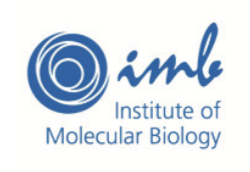Local adaptation and ecological differentiation under selection, migration and drift in Arabidopsis lyrata
New application using the Bioruptor for DNA shearing before library preparation: In this study, researchers conducted a reciprocal transplant trial, a common garden trial, and a whole‐genome based demography analysis to understand how selection, migration and drift influence local adaptation in Arabidopsis lyrata. In a three‐year field experiment, they showed evidence of local adaptation at the level of hierarchical[…]

